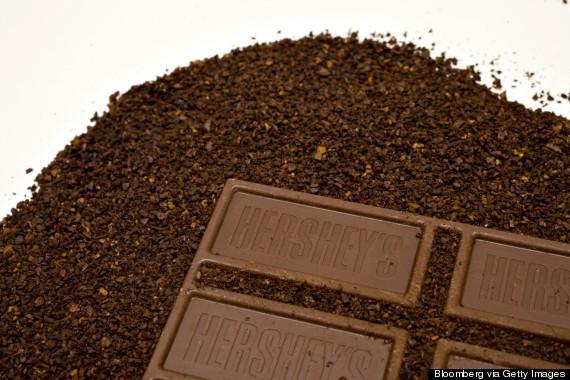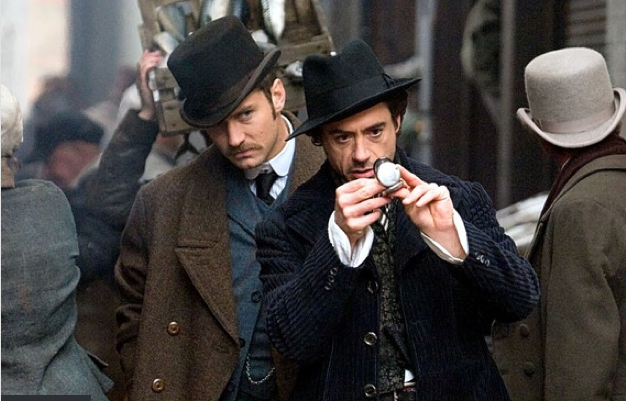Forget Cadbur the classic Hershey’s bar still rules
Post on: 16 Март, 2015 No Comment

CharlesPassy
A while back, I was nibbling on some fancy-schmancy chocolate bar — maybe one flavored with black sesame seeds or an exotic chile, I can’t honestly remember — and my wife put my very thoughts into words: “You know, sometimes all I really want is a Hershey bar.”
I thought about that conversation again when word came the other day that British-made Cadbury’s chocolates would no longer be available in the U.S. Granted, Cadbury isn’t super-premium chocolate, but it’s a brand seen by many as a step above plain ol’ American chocolate. And clearly, Hershey HSY, -0.72% , which controls distribution of Cadbury in this country, felt as if it didn’t need any more competition than it already has.
Naturally, this has led to quite an uproar among chocolate snobs, especially on social media. As stand-up comic Dan Telfer tweeted: “Hey Hershey’s great job blocking import of all British Cadbury’s chocolate. Can’t wait to gnaw on your chalky filth.”
But enough of this chocolate elitism, I say.
Will computers replace money managers?
Online investment firms are using algorithms to create diversified portfolios for clients. These “robo investors” are cheaper than financial planners and can create a tax-friendly strategy.
Clearly, chocolate has become a platform for all kinds of creative tinkering: Companies like Vosges and Mast Brothers have built mini-empires around such exploration (and around the sourcing of quality cocoa beans — much like that of coffee beans). To some extent, Hershey has joined the chorus. In 2005, it acquired Scharffen Berger, one of the first artisan chocolatiers to make a big splash in the past couple of decades. Oh, and the classic Hershey’s bar? It’s now also available in Cookies ’n’ Crème and Air Delight varieties.
It’s hard to say how company founder Milton Hershey would feel about such change. The Hershey’s bar, which dates back to 1900, was his baby and his way to show the world how to make a mass-produced, affordable block of chocolate that kept fresh for quite a while. But whether by design or not, the bar also spoke to the none-too-bold American palate — it tastes of cocoa, but not aggressively so.

But I think our love affair with the Hershey’s bar goes beyond that. For starters, it’s got a texture that’s just right — smooth and milky. A chocolate bar that doesn’t challenge the tongue, but invites you to enjoy bite after bite. And you’ve got to love the way the bar breaks apart into perfect rectangular segments, as if it’s meant to be enjoyed in small pieces across a long day. You’ve also got to love the bar’s packaging — a statement in simplicity, if ever there was one. The Hershey’s bar didn’t need an Andy Warhol to turn it into an icon. It just is one.
Finally, you’ve got to respect the fact that the bar’s formula hasn’t changed, even in spite of the fact that Hershey’s has reportedly tweaked the recipe for some of its other candies. The Hershey’s bar you enjoy today is the Hershey’s bar you enjoyed as a kid. (By the way, the same goes for the Hershey’s Kiss, which uses the same chocolate recipe that’s in the bar.) It’s chocolate as nostalgia — or, better yet, as our national madeleine.
I should know: I just indulged in a bar the other day — a treat for the truly sweet price of a buck. I’m not sure if chocolate can qualify as a timeless work of art, but that fairly describes how I felt about it. I suppose I’ll still relish chocolate in its more modern guises (a bacon chocolate bar. anyone?). And I suppose I’ll miss my occasional Cadbury (I do love their fruit-and-nut bars).
But it’s always good to return home to Hershey’s.
(This story was updated on Jan. 28, 2015.)














